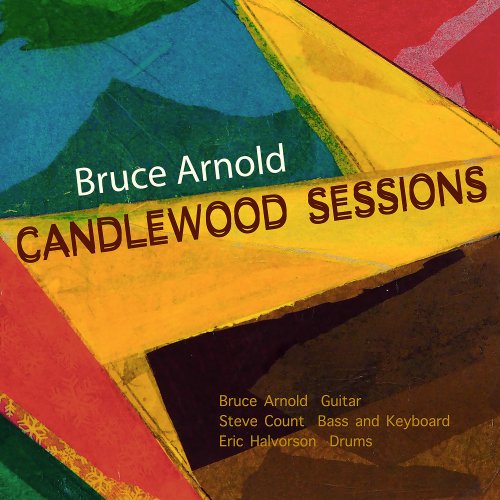Francesca Idini, Erik Battaglia, Letizia Gullino - Martucci, Tosti: My Memories (2025)
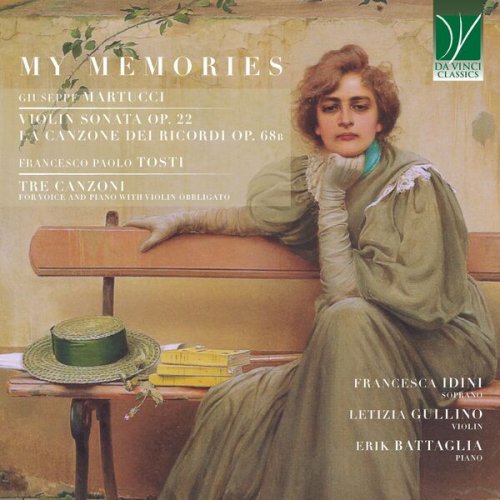
Artist: Francesca Idini, Erik Battaglia, Letizia Gullino
Title: Martucci, Tosti: My Memories
Year Of Release: 2025
Label: Da Vinci Classics
Genre: Classical
Quality: flac lossless (tracks)
Total Time: 01:05:32
Total Size: 265 mb
WebSite: Album Preview
TracklistTitle: Martucci, Tosti: My Memories
Year Of Release: 2025
Label: Da Vinci Classics
Genre: Classical
Quality: flac lossless (tracks)
Total Time: 01:05:32
Total Size: 265 mb
WebSite: Album Preview
01. Violin Sonata in G Minor, Op. 22: I. Allegro passionato
02. Violin Sonata in G Minor, Op. 22: II. Andante con moto
03. Violin Sonata in G Minor, Op. 22: III. Allegro molto
04. Tre canzoni: No. 1, Visione!
05. Tre canzoni: No. 2, Good-Bye
06. Tre canzoni: No. 3, My Memories
07. La Canzone dei Ricordi, Op. 68b: No. 1, «No… svaniti non sono i sogni…»
08. La Canzone dei Ricordi, Op. 68b: No. 2, «Cantava il ruscello la gaia canzone…»
09. La Canzone dei Ricordi, Op. 68b: No. 3, «Fior di ginestra…»
10. La Canzone dei Ricordi, Op. 68b: No. 4, «Su ‘l mar la navicella…»
11. La Canzone dei Ricordi: No. 5, «Un vago mormorio mi giunge…»
12. La Canzone dei Ricordi: No. 6, «Al folto bosco, placida ombria…»
13. La Canzone dei Ricordi, Op. 68b: No. 7, «No, svaniti non sono i sogni…»
Memory ranks high among the fundamental processes of music. Without memory there is no way of conceiving music, of remembering the previous note and each time relate it to the next, as St. Augustine asserted and as Carlo Rovelli (literally so) reminded us. Without memory there is no interpretation of music either; and, finally, there is no possible listening to it. Even the way we reconstruct a theme in our memory has something to do with the re-enactment of the madeleine’s taste: receptors that are activated in silent but effective expression. Music itself therefore often seems to want to repay this silent sister, and it does so most of the time by involving the sister art, poetry. Countless are the German Lieder and the French Mélodies that draw words and music from the uncertain realm of memory, idealized or not, damned or blessed. As always, German language infects the music of that area with an added depth: the word «Erinnerung» itself was for Hegel a «going inward», a descent in variable ballast in the most remote Ego. Schubert’s or Wolf’s Lieder often account for this dimension of the psyche. But between that philosophical memory and the songs of Lloyd-Weber or Bergman in the celebrated Memories-Album by Barbra Streisand (the title-song draws in turn to verses by T. S. Eliot, moreover), there is a whole land of musical representations of memory and remembrance distant from each other just as short-term memory is from the more rooted one, resistant even to the worst degenerative diseases. The Italian songs of the late nineteenth and early twentieth centuries, and the related poems, prefer more sentimental aspects of memory, images of loss and bewilderment, the transience of things and feelings. Sometimes we are hit by an overly intense and oppressive scent, as if opening the door to the room of an old great-aunt who has been dead for years: this is the case of Tosti’s Consolazione, a cycle from his late period that also seems to be the memory of himself. Giuseppe Martucci’s Canzone dei ricordi is a very different case, written almost 30 years earlier, in the years when the German Lied was experiencing its last great 19th-century season. Indeed, between 1887 and 1898, when Martucci wrote and then orchestrated this most important among his vocal compositions, the mature production (and life itself) of Hugo Wolf, the greatest composer of Lieder together with Schubert, came to an end. And in those years, Mahler also opted for the orchestration of many of his Lieder. Martucci (a renowned conductor) was bound to both by his love for Wagner, but his distance from the factions also allowed him to be a small «Italian Brahms», as he was sometimes called. In fact, even while preparing the Italian premiere of Tristan (1888), the Wagnerian inflections of his Canzone are minimal, and this saves this work from the artifice that it would otherwise have embodied. And the dedication to Alice Barbi, the first true Italian Lieder singer, preferred by Brahms to many German colleagues, is a clear statement. Moreover, Martucci, who presents himself as a champion of so-called «absolute» music and obviously he is not (does such a thing exist, Richard Strauss thundered at the time?), wants to avoid direct reference to the music of the man who, still in those ‘80s –‘90s, was held up as the whistleblower of the nakedness of the presumed absolute monarchy of music, and seeks support in the language of the other monarch of this dual kingdom, the well-dressed Brahms. But how many overtly musical-verbal gestures are there in his music! Here, we have music that recalls music, and when Martucci must remind us of the stornello (No. 3), the piano seems to tune from afar on the mechanisms of memory, with an almost grotesque effect but certainly new, at least compared to the stornello evoked by Tosti with immediate effect in L’ultima canzone or to the ancient air reported verbatim by Respighi. The dimension (but not the material, neither poetic nor musical) is that of Wolf’s contemporary Das Ständchen to a poem by Eichendorff, a serenade that is recomposed in the sky of lost youth. This attunement with memory, in every sense, suggests the key of G, as if it were a permanent fourth string of solitude, but also the continuous flow of the eight songs, each of which starts where the previous one ends (with internal thematic references), in an unprecedented variation on the model of the cycle as originally understood by Beethoven with An die ferne Geliebte or more freely by Schumann with the other great story of remembered female life (Frauenliebe und -leben) of the European Lied repertoire. There is also a tribute to Schubert with the brook music in the second song. Here, as in the third, the final gesture is one of regret, which every time transforms the speaking subject, and the singer, into a local version of the Doppelgänger, with tones not far from the best Italian verismo of the time (pace Martucci and his aversion to opera composition). Also worthy of the best Lieder is the «boat» of no. 4, whose lulling rhythm takes flight together with the «kingfishers» of the third verse, evoked at its best by the piano and the flap of the song’s wing. The illusion of memory is tangible in the beautiful recitative of no. 5: here, the harmonic inflections embody these flashes of hope («of what has not become», as Adorno would put it), in perhaps the most Proustian moment of the entire cycle, which, by the attraction of opposites, is also the most Mascagnian in the finale: both, it should be noted, still to come. The sixth song is the climax of the cycle: here Martucci gives his best as a creator of beautiful piano parts (the initial «rhapsody»), contrasts of affections in the singing, and a sense of dynamic and vocal-instrumental crescendo. The music is a variation of the Verdian moment «O dolcezze perdute, o memorie d’un amplesso che l’essere india», and takes shape in a sort of sensual love duet with the piano, with effusions and embraces variously depicted. The return of the initial syncopated cry, its paroxysm, and the instrumental re-enactment of the dreamed union make the piano postlude of this song a true masterpiece of the genre. The last song (no. 7) completes this fading of memory, with a recapitulation of themes, modes and moods already heard and experienced. The added pulse of a syncopated rhythm in the bass is a true dreamlike Wolfian gesture, which justifies the re-enactment. The dissonant chord of six different notes on «indefinite» (undefinied) is a true analogue to the word itself, before G minor sets, closing its life cycle on appropriately decadent tones.
The Sonata for violin op. 22, also in that key, was composed by an 18-year-old Martucci shortly before his memorable European tour as conductor and pianist. It was premiered in Naples in 1874, and these circumstances make it very similar to that of the young Strauss, as an expression of the vitality of an assertive talent. It is Brahmsian as a Sonata can be before the last two of Brahms came to light. It is so more than anything in the common sense (and place) of its solidity, of its harmonic roots well set in the humus of their form, of the «Italian» momentum of its themes (isn’t that also the case of Brahms’ Violin Concerto?). For a composer who has just matured, the phases of development are well managed, without adolescent ups and downs, and the themes often have a verbal quality, as if they were well-pronounced harangues, with a general idea of a graceful then passionate duet in the second movement, a concertante romance that does not disdain the tutta forza. The third movement starts from a modal and impetuous version of that Moldau-like theme that has pervaded European music over the centuries: despite the efforts, the path per aspera never leads ad astra, also in the sense that G minor is never promoted to major. Yet, to a younger eye, there is a lively joy here, as if the finale were the Scherzo that is not there, complete with a second theme in the manner of a trio, and in this light, the game of the parts is enjoyable.
Memory also plays a role here: in the exposition of the first movement, one of the themes is then taken up by Tosti in his song Rosa (also a musical memory), on words by Rocco Pagliara, who also wrote the verses set by Martucci in the Canzone dei ricordi. Pagliara, a man of immense culture, wrote poems that were already Romances and fantasies (cf. the collection for Ricordi, nomen omen in our context), a bit like (with due differences) Goethe, whose lyrical poems were published as Lieder. In this way, he was very successful, even commercially, with composers, in particular Denza and Tosti (his are the verses of Malia).
Here, Tosti is the common thread, just as the violin is the obligato (but not constrained) element in his three songs, a sort of conducteur instrument as it was used in the art nouveau orchestras (or in Strauss’s sublime Morgen), a soul (the violin’s is physical) added to the aching or nostalgic heart of the verses. His ECG (or C-D-G, given the simple triadic structure) reflects the sound waves of the ensemble, and the duet unfolds as in the high-level musicals of many decades later (think for example of Bernstein’s Dream with Me, with cello), especially in My Memories, whose poet Clifton Bingham was set to music in 1600 songs. The solo in Visione has the Fellinian fragility (cf. Nino Rota) of La Strada, as if it were a scent of Gelsomina, while the farewell («Good-Bye!») on a poem by a (not that) George Melville paints a good watercolor of falling leaves and seems at some point to hint at a riding rhythm in homage to the specialty of that Scottish writer (who, by chance, died falling from a horse). In those gestures, a world also takes its leave, which is now that of the day before yesterday, where small things remained small but not minimal, ephemeral but not falling, and even the average masters were decidedly above average.
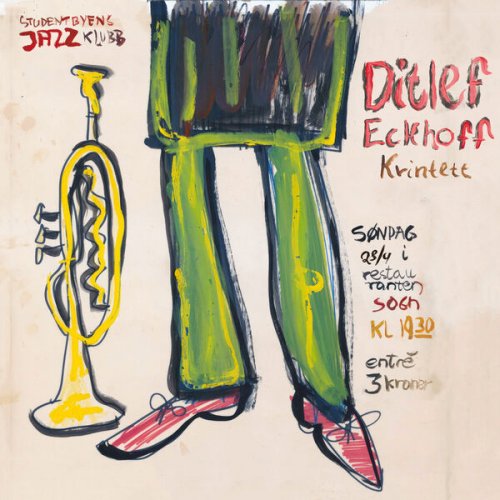
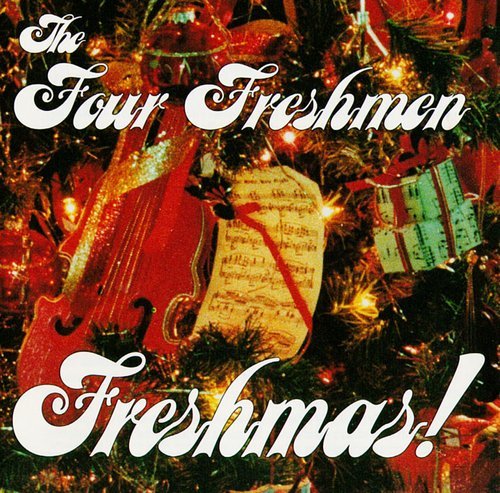
![Lionel Hampton - Many Splendored Vibes (Remastered) (2022) [Hi-Res] Lionel Hampton - Many Splendored Vibes (Remastered) (2022) [Hi-Res]](https://www.dibpic.com/uploads/posts/2025-12/1766397160_lhsv500.jpg)
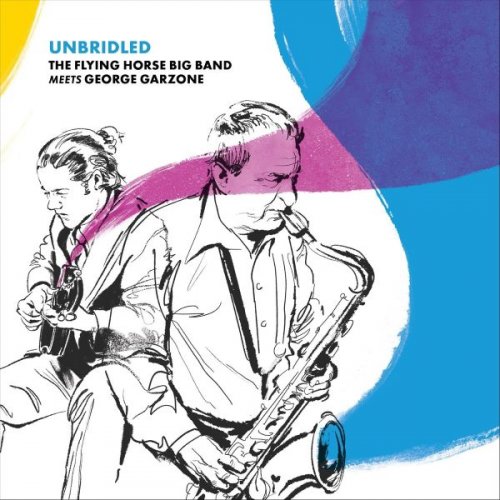
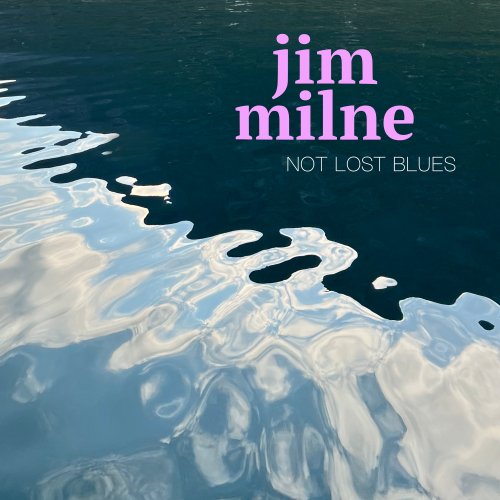
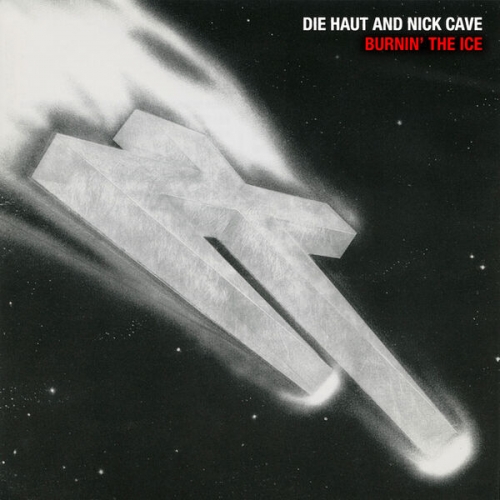
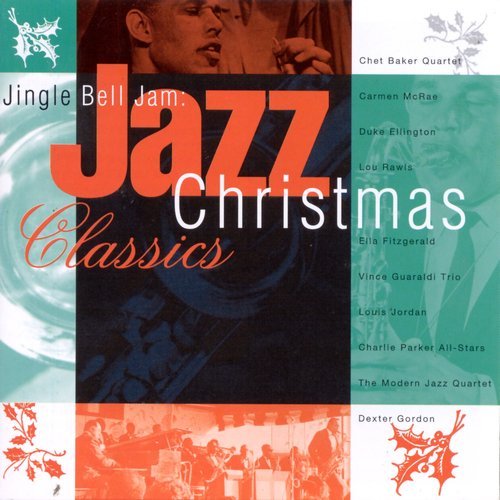
![Murmurosi - Svitanok (2025) [Hi-Res] Murmurosi - Svitanok (2025) [Hi-Res]](https://img.israbox.com/img/2025-12/25/1tsrji7qrpb85qha0oar89rw8.jpg)
